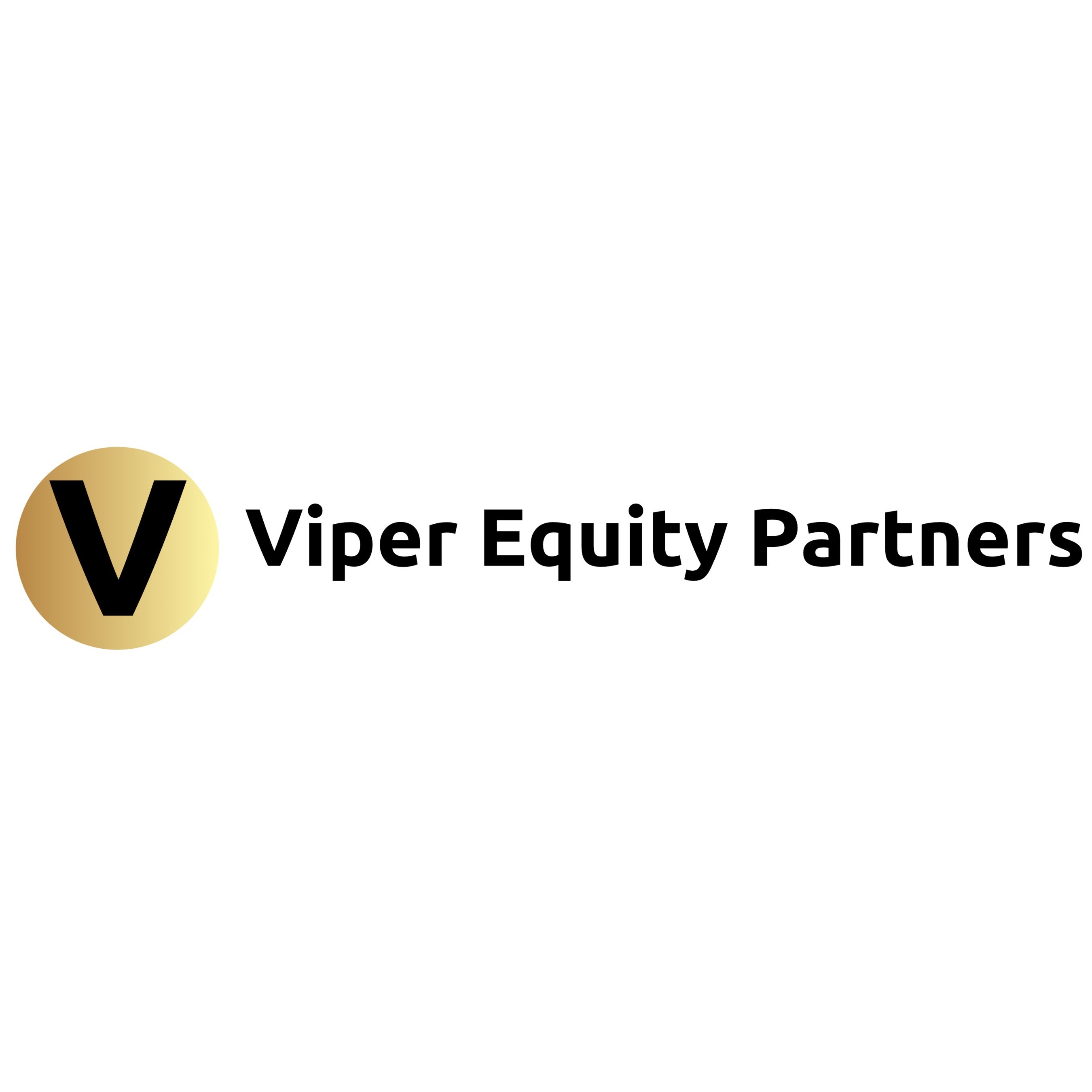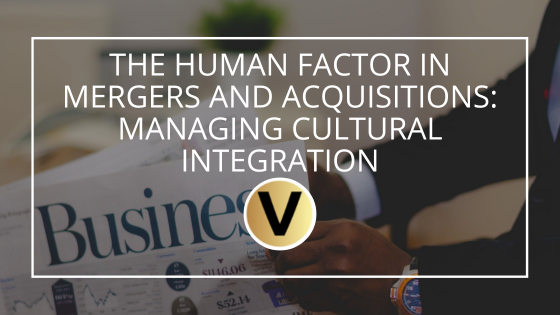Mergers and acquisitions (M&A) are complex transactions that involve more than just financial considerations. The success of an M&A deal often hinges on effectively managing the cultural integration between the merging organizations.
Recognizing the Significance of Organizational Culture
Organizational culture plays a pivotal role in the success of any merger or acquisition. It encompasses shared values, beliefs, norms, and organizational behaviors. Neglecting the cultural aspect can lead to resistance, lack of collaboration, and, ultimately, failure in achieving the desired synergies.
Pre-Merger Cultural Due Diligence
Before embarking on an M&A deal, conducting cultural due diligence is crucial. This involves assessing the cultural compatibility between the organizations, identifying potential areas of misalignment, and determining the best approach for integration.
Integration Planning and Execution
Effective integration planning is essential for managing cultural integration. Here are some key considerations:
- Define the Shared Vision: Establish a clear and compelling vision that aligns the cultures of both organizations. Communicate this vision to employees to create a sense of purpose and direction.
- Cultural Assessment and Mapping: Identify each organization’s cultural attributes, values, and practices. Map the similarities and differences to understand potential areas of synergy and potential sources of conflict.
- Leadership Alignment: Ensure that leaders from both organizations are aligned and committed to the integration process. They should actively model the desired behaviors and communicate effectively with their teams.
- Transparent Communication: Open and honest communication is vital throughout the integration process. Address employees’ concerns, provide regular updates, and foster a culture of transparency to build trust.
- Cultural Integration Teams: Establish cross-functional teams to drive the cultural integration process. These teams should include representatives from both organizations and focus on fostering collaboration and shared understanding.
- Cultural Training and Workshops: Conduct cultural training programs and workshops to help employees understand and appreciate the diverse cultures within the merged organization. This can help bridge gaps and facilitate smooth integration.
Employee Engagement and Retention
During the integration process, it’s crucial to prioritize employee engagement and retention. This can be achieved through:
- Integration of HR Policies: Harmonize HR policies, compensation structures, and benefits to create a unified and fair environment for all employees.
- Talent Retention Strategies: Identify key talent and develop retention strategies to ensure the retention of critical employees during the transition.
- Cultural Integration Activities: Organize team-building activities, social events, and initiatives that promote interaction and collaboration among employees from different backgrounds.
Managing cultural integration in mergers and acquisitions is essential for achieving synergies and long-term success. Recognizing the significance of organizational culture, conducting cultural due diligence, and implementing a well-planned integration process are vital steps in managing cultural integration. Effective communication, leadership alignment, and employee engagement facilitate a smooth transition. By focusing on the human factor in M&A transactions, organizations can create a strong foundation for cultural integration, leading to increased collaboration, employee satisfaction, and overall success in the merged entity.

